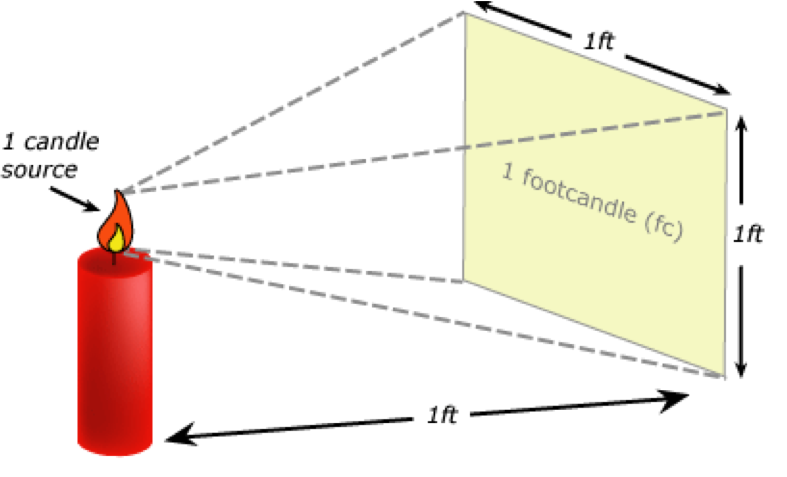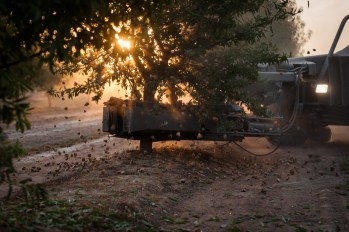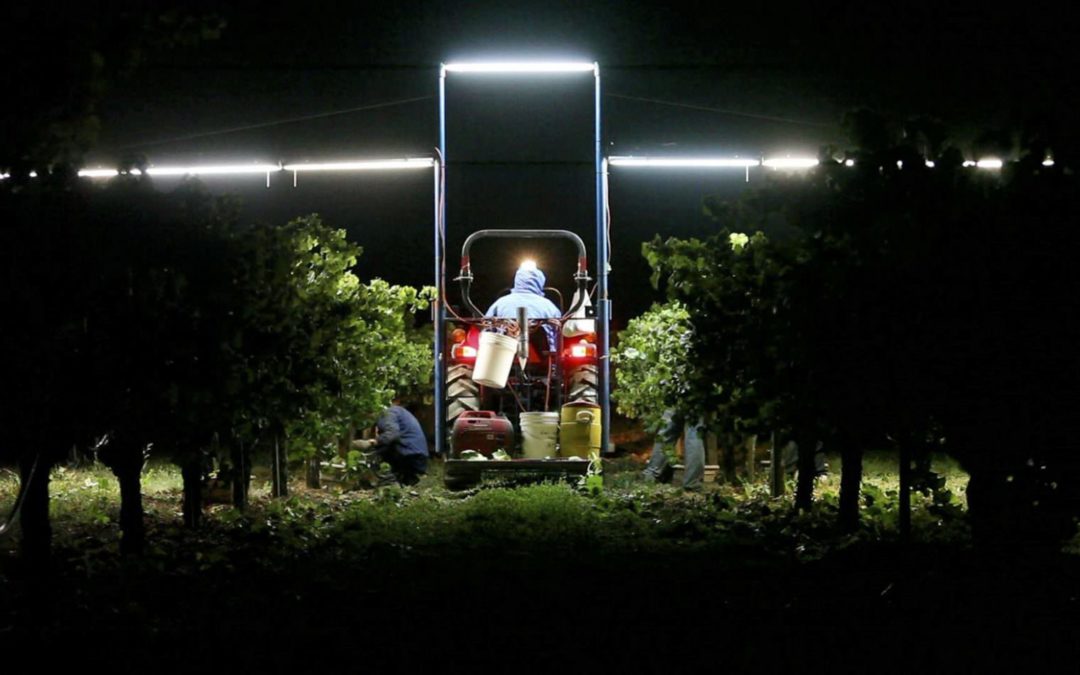DECEMBER 9, 2019. BY AMY WOLFE, AGSAFE.
For nearly half a decade, Cal/OSHA has been considering the creation of a regulation that specifically addresses the unique hazards found while working at night in agriculture. After many starts and stops, sufficient traction was reached in 2018 to meaningfully move the process forward and now the industry faces only a few bureaucratic hurdles before the long-discussed standard is reality. It is critical that anyone engaging in activities between sunset and sunrise understand the various steps to take to ensure compliance.
Lighting
Fundamentally, the risks to be addressed by the new standard are the hazards inherent in the workplace when natural light, provided by the sun, is no longer available. Poor visibility that could result in physical harm or the unsafe execution of duties, as well as potential vehicular and worker traffic collisions, create the greatest pause for concern. As a result, it stands to reason that at the core of the proposed standard are lighting requirements for the various tasks or areas of outdoor work.
The following table, taken directly from the proposed standard, addresses the amount of light that must be provided by the employer:
| Foot-candles | Lux | Areas or Tasks |
| 0.09-0.19 | 1-2 | Poultry harvesting or catching operations |
| 3 | 32.29 | Meeting area and meal/rest area |
| 5 | 53.82 | General movement during outdoor ag operations; Pathways leading to and around restrooms and water; Inside restrooms; Storage area accessed by employees; Areas within 25’ of agricultural equipment where workers are present |
| 10 | 107.64 | Intermittently exposed or exposed point of operation equipment; Operationally visible moving parts of machinery; Task lighting for active agricultural operations (harvesting, irrigation) |
| 20 | 215.30 | Task lighting for maintenance work on equipment |
It is important to note that Cal/OSHA makes reference to foot-candles and lumens, both of which are units of measuring light. Foot candles refers to the amount of light produced from a source at a distance of one foot. In simpler terms, it is the distance unit of measurement from the source of light. However, lumens measures brightness and from a practical perspective, is the unit of measurement found on lightbulbs. As employers look to address compliance, they will find that most lighting sources will be provided to them in lumens.

Foot candles refers to the amount of light produced from a source at a distance of one foot. (Source: AgSafe)
Another essential distinguishing factor is in the standard is that light will be measured 30” off the ground. To ensure adequate lighting is available, employers will need to use a light measuring device and place it at that height from the ground for accurate analysis. Requests to Cal/OSHA, at the time of writing, for insight into the type of light measuring tool they intend to be used by enforcement staff have gone unanswered.
In this final draft language of the proposed standard, Cal/OSHA has not dictated the type of lighting that must be provided. However, an employer is responsible for providing personal hands-free lighting, if needed, to meet the illumination requirements. As such, it is up to each agricultural operation to evaluate their current work systems and decide the best sources of light that ensure the greatest possible protection for their workers.
Written Programs, Training and PPE
While lighting is at the heart of this proposed standard, fundamental occupational safety elements exist to round out its core tenants. Employers will be required to train workers at the start of each shift, reviewing the following details:
- Location of meal and rest area and how to safely access it in the dark
- Location of restrooms and how to safely access them in the dark
- Location of drinking water and how to safely access it in the dark
- Location of bodies of water and other potential hazards, including high traffic areas
As with any training, this must be documented, and records appropriately maintained. In addition, employers must provide at no cost and require employees to wear Class 2 high visibility safety clothing. This could be a vest or jacket; the type of clothing is at the discretion of the employer.

Employers will need to train workers at the start of each shift on the location of meal and rest areas, restrooms, drinking water, and bodies of water and other potential hazards, including high traffic areas. (Source: James Collier Photography)
Lastly, while the proposed standard does not specifically state as such, Cal/OSHA has an expectation based on the Injury and Illness Prevention Program regulation, that employers document the specific program elements that are unique when working at night. In simplest terms, an employer needs to evaluate their operating procedures and make note of how work is done differently at night so as to ensure the health and safety of workers. This includes identifying new hazards, which are addressed during employee training, as well as considering how emergency response procedures would unfold outside of “normal” business hours. Ultimately, as the agricultural industry continues to use the hours between sunset and sunrise as a viable time to work, it is will soon be incumbent upon us to comply with a standard designed to ensure continued workplace safety.
For more information about worker safety, human resources, labor relations, pesticide safety or food safety issues, please visit www.agsafe.org, call (209) 526-4400 or email safeinfo@agsafe.org. AgSafe is a 501c3 nonprofit providing training, education, outreach and tools in the areas of safety, labor relations, food safety and human resources for the food and farming industries. Since 1991, AgSafe has educated over 85,000 employers, supervisors, and workers about these critical issues.
Have something interesting to say? Consider writing a guest blog article!
To subscribe to the Coffee Shop Blog, send an email to stephanie@lodiwine.com with the subject “blog subscribe.”
To join the Lodi Growers email list, send an email to stephanie@lodiwine.com with the subject “grower email subscribe.”
To receive Lodi Grower news and event promotions by mail, send your contact information to stephanie@lodiwine.com or call 209.367.4727.
For more information on the wines of Lodi, visit the Lodi Winegrape Commission’s consumer website, lodiwine.com.


